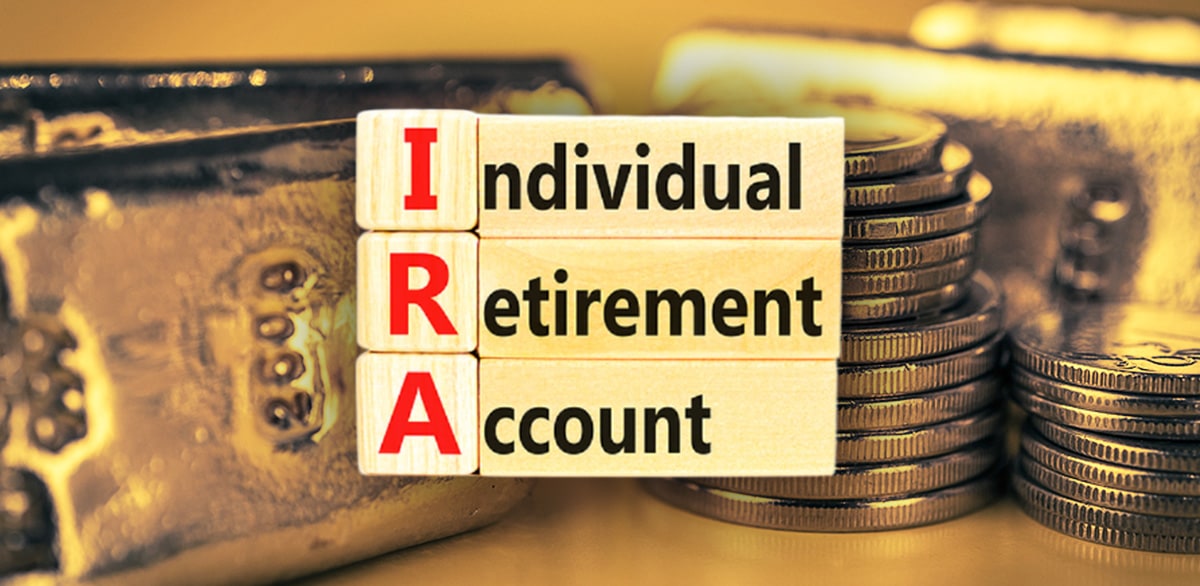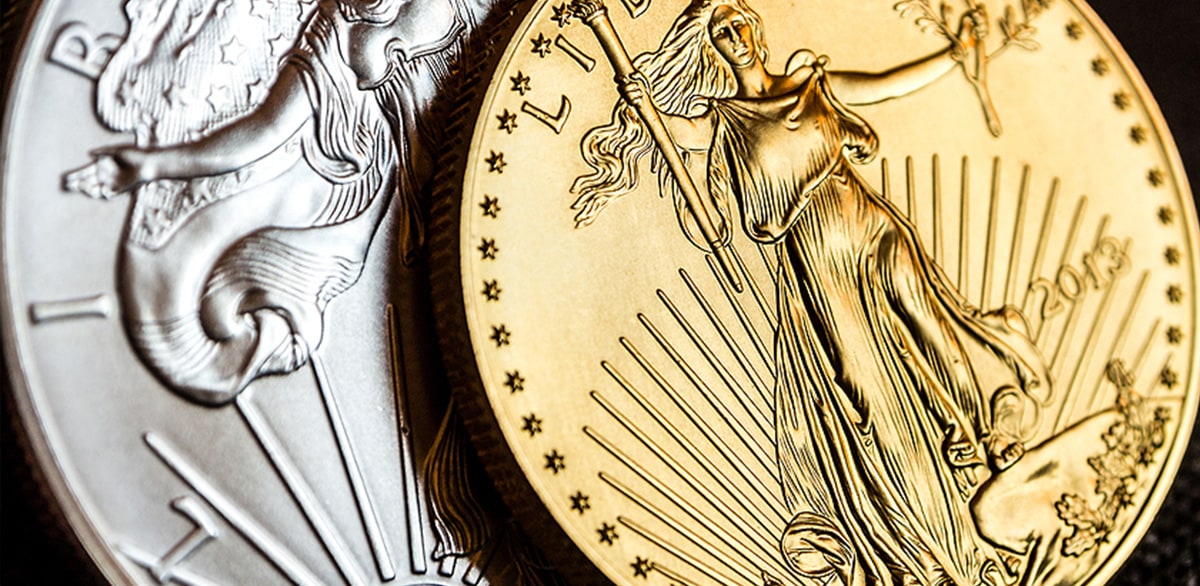
When you set up an individual retirement account (IRA), you’re agreeing to a variety of rules set forth by the IRS. Required minimum distributions (RMDs) are among the most impactful of those requirements. Understanding the specifics of these RMD rules is essential for avoiding unnecessary penalties.
What are required Minimum distributions?
A required minimum distribution (RMD) is the minimum amount an investor is required to withdraw from a tax-deferred retirement account every year after turning 73. The government requires an IRA minimum distribution to secure their share of the tax-deferred growth retirement accounts enjoy. This means pretax retirement accounts such as Roth IRAs are exempt from these minimum withdrawals.
The recent passage of the SECURE 2.0 ACT has made some important changes to RMD rules that investors should take into account.
What changed with the SECURE 2.0 ACT:
- The new legislation upped the starting age for minimum distributions from 72 but doesn’t require RMDs from investors turning 72 in 2023.
- You’re allowed to defer your first IRA RMD, although you’ll need to make a dual withdrawal in the following tax year. This delay leaves you on the hook for an RMD by April 1, 2025 (fulfilling your 2024 withdrawal) and another by December 31, 2025 (fulfilling your 2025 RMD).
How do I calculate my RMD from my IRA?
Required minimum distributions vary based on your age and the size of your retirement plan. To calculate your required distribution, divide the total funds in your IRA before December 31 of the previous year by your “life expectancy factor” – a specific number determined by the IRS which varies based on different tax situations. The U.S. Securities & Exchange Commission offers a free RMD calculator through Investor.gov. It’s advisable to work with a tax professional to determine the precise IRA RMD to avoid tax penalties. Keep in mind that you can withdraw more than your RMD if you want although there aren’t any tax advantages.

Everything you need to know to get started in Precious Metals
Learn how precious metals can strengthen your portfolio, protect your assets and leverage inflation.
What happens if I miss my required minimum distributions?
If you don’t withdraw the required amount from your retirement account before the deadline, the IRS levies a hefty excise tax to the tune of 25% of your total RMD amount. This amount drops to just 10% if you rectify the mistake within two years. In some instances, the IRS will even waive RMD penalties if you can prove the mistake was made due to “reasonable error” and that you’re actively trying to fix the problem. Regardless, it’s advisable to make your RMDs in a timely manner to avoid costly and complex tax implications.
RMDs for Precious Metal IRAs

The majority of IRAs, including a precious metal IRA, demand these withdrawal minimums from investors. While more mainstream retirement accounts normally provide you with cash value, withdrawals are a little different for self-directed IRAs that hold eligible precious metals. Typically, there are two types of withdrawals you can make from a precious metal IRA: cash value and in-kind withdrawals.
Cash Value Withdrawal vs In-Kind Withdrawal
Through a cash-value withdrawal, you’ll receive the estimated market value of your physical gold and silver assets in cash. The total amount you receive depends on how much you want to withdraw from your precious metals IRA.
On the other hand, an in-kind withdrawal allows you to take physical possession of your physical gold and silver assets rather than cashing out which is a favorable advantage when compared to other investment classes.
Withdrawing Without Cashing Out
Just because you reach the required distribution age doesn’t automatically mean you want or even need to convert your investments to cash. Many investors would prefer to keep their wealth in these safe-haven assets considering the devaluing of the dollar. Unlike other investments, precious metals make it possible to meet your IRA RMD requirements without cashing out.
You simply take personal ownership of the gold and silver coins and/or bullion bars through an in-kind withdrawal. Uncle Sam still wants his slice of the pie, so you’ll be taxed on the fair market value of the coins or bars. However, your investment is still intact, just in your possession rather than in a precious metals IRA.
👉 Related video: How a Precious Metals IRA Works
How to Make a Precious Metals RMD
Making required minimum distributions isn’t a complicated process, and working with a Precious Metals Advisor can make it even easier. Here’s how it works for Scottsdale Bullion & Coin clients:
1. Contact Precious Metals Advisor
Contact your dedicated Precious Metals Advisor to get the ball rolling. The earlier you reach out, the quicker the process. Generally speaking, a few months before the deadline is more than enough time.
2. Choose Withdrawal Type
Next, you need to decide how you want to make your IRA minimum distribution. You can take the value in cash, or you can have the actual assets (coins or bars) sent to you through an in-kind distribution.
3. Paperwork & Payment
Lastly, our IRA Liaison handles all paperwork and payment processing on your behalf. If you took an in-kind distribution, the metal will be shipped from the depositor directly to you. On the other hand, you’ll receive a cash deposit in the value of the RMD.
If you’re ready to make your IRA minimum distribution or want to learn more about the process, please contact one of our knowledgeable Precious Metal Advisors by calling toll-free at 1-888-812-9892 or using our live chat function.


